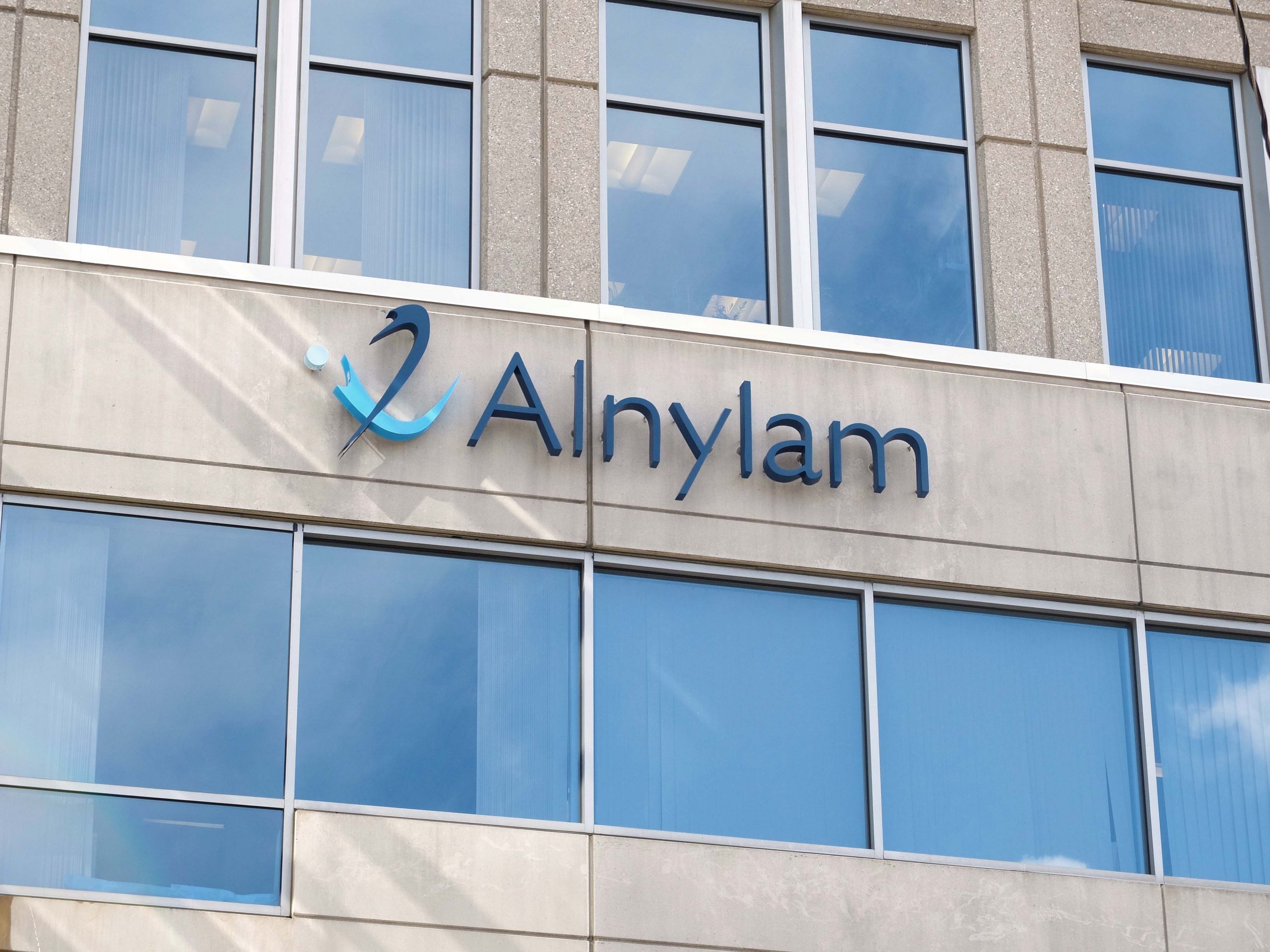Alnylam beats Ionis in RNA drug battle

Alnylam and Sanofi have revealed full phase 3 data on their RNA interference (RNAi) drug patisiran, soundly beating a rival candidate from Ionis, inotersen.
Both drugs target hereditary ATTR amyloidosis with polyneuropathy, also known as familial amyloid polyneuropathy (FAP) and use similar RNA methods to treat the rare condition.
However while safety concerns have swirled around both technologies, Ionis’s antisense platform has had more problems than Anylam’s RNA interference approach, and the latest phase 3 trial data confirms patisiran as superior in both safety and efficacy.
Despite continuing safety signals in its late-stage trial, Ionis has confirmed its plans to submit the drug to regulators, and will file the drug with the EMA today and next week in the US, hoping to steal a march over its competitor.
Nevertheless, analysts expect Alnylam to claim about 80% of the market, a dynamic likely to force Ionis to market its drug at a considerable discount to its rival once approved.
Both drugs showed they could reduce nerve pain and improve quality of life in the rare inherited disease in their phase 3 trials, while patients on placebo saw their condition rapidly worsen.
Patisiran met its primary endpoint with a 34.0 point mean difference relative to placebo and a 6.0 point mean change improvement relative to baseline in Modified Neuropathy Impairment Score (mNIS+7) at 18 Months.
In a very similar study, inotersen scored a mean 19.73-point benefit and a mean 8.69-point benefit compared to placebo in mNIS+7 at 15 months and eight months respectively.
This clear advantage to patisiran was also seen in the quality of life measure, where it scored a 21.1 point benefit compared to placebo and 6.7 point improvement compared to baseline on the Norfolk Qol-DN scale at 18 months.
By comparison, inotersen scored an 11.68 point benefit compared to placebo at 15 months.
Both drugs also showed signs of benefits across multiple cardiac measures, but Alnylam’s drug looks stronger in this respect as well.
Alnylam and Sanofi had already announced topline data from the APOLLO trial in September, but the rival announcements at a congress in Paris has confirmed its winning hand.
Safety-wise the most commonly reported adverse events that occurred more frequently with patisiran were peripheral oedema (29.7% versus 22.1% in placebo), generally of mild to moderate severity, leading to a single patient discontinuing treatment.
Deaths were recorded with a similar incidence across the patisiran (4.7%) and placebo (7.8%) treatment groups. No deaths were considered related to study drug. No new safety concerns emerged in an extension study over 36 months.
Safety has been an issue with RNA interference drugs so far – in early September, Alnylam stopped giving doses of its fitusiran drug for a rare bleeding disorder to patients enrolled in clinical studies after the death of a patient.
Meanwhile, existing safety concerns about Ionis’ drug were also seen in the late stage study. Two key safety issues identified in the trial were thrombocytopenia and safety signals related to renal function.
The company says enhanced monitoring during the study helped to detect and management of these issues and that serious platelet and renal events were infrequent and easily managed with routine monitoring. Other serious adverse events were observed in 24.1% of inotersen-treated patients and 21.7% of placebo-treated patients.
It added that no cumulative toxicities have been identified with long-term exposure, however these lingering safety concerns could prove to be a major disadvantage in the drug’s expected market competition with patisaran.
Alnylam plans a US filing later this year, followed by a filing in the EU early next year. Ionis may well beat Alnylam to filing, but the RNAi company will be confident it has the upper hand.
Undeterred, Ionis is pressing ahead with its filings and is on the look out for a potential marketing partner.
“The results from the NEURO-TTR study support a favourable benefit-risk profile for inotersen in patients with hATTR. We believe inotersen has the potential to give people living with this devastating, progressive, fatal disease new hope and the ability to regain freedom from the burden of their disease,” said Brett P. Monia, senior vice president of drug discovery and franchise leader for oncology and rare diseases at Ionis Pharmaceuticals.
He concluded: “We are making substantial progress in advancing inotersen to the market. We are also in advanced discussions with potential co-commercialisation partners. We believe the right partner can maximise the commercial success of inotersen.”











